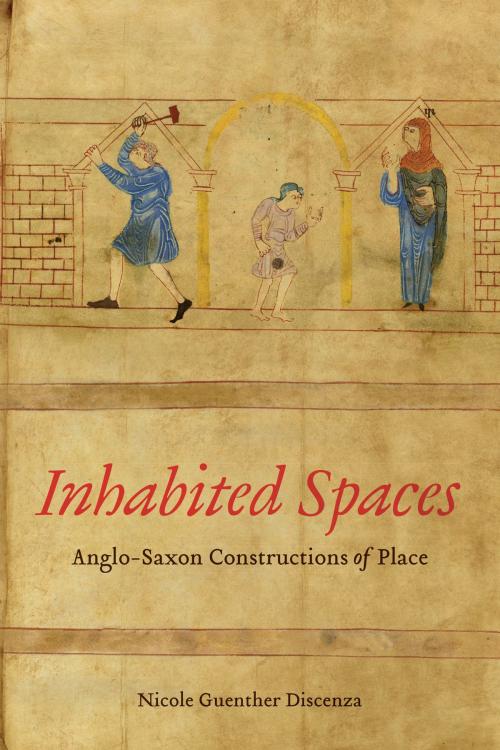Inhabited Spaces
Anglo-Saxon Constructions of Place
Fiction & Literature, Literary Theory & Criticism, British, Nonfiction, History, Medieval| Author: | Nicole Discenza | ISBN: | 9781487511548 |
| Publisher: | University of Toronto Press, Scholarly Publishing Division | Publication: | January 18, 2017 |
| Imprint: | Language: | English |
| Author: | Nicole Discenza |
| ISBN: | 9781487511548 |
| Publisher: | University of Toronto Press, Scholarly Publishing Division |
| Publication: | January 18, 2017 |
| Imprint: | |
| Language: | English |
We tend to think of early medieval people as unsophisticated about geography because their understandings of space and place often differed from ours, yet theirs were no less complex. Anglo-Saxons conceived of themselves as living at the centre of a cosmos that combined order and plenitude, two principles in a constant state of tension.
In Inhabited Spaces, Nicole Guenther Discenza examines a variety of Anglo-Latin and Old English texts to shed light on Anglo-Saxon understandings of space. Anglo-Saxon models of the universe featured a spherical earth at the centre of a spherical universe ordered by God. They sought to shape the universe into knowable places, from where the earth stood in the cosmos, to the kingdoms of different peoples, and to the intimacy of the hall. Discenza argues that Anglo-Saxon works both construct orderly place and illuminate the limits of human spatial control.
We tend to think of early medieval people as unsophisticated about geography because their understandings of space and place often differed from ours, yet theirs were no less complex. Anglo-Saxons conceived of themselves as living at the centre of a cosmos that combined order and plenitude, two principles in a constant state of tension.
In Inhabited Spaces, Nicole Guenther Discenza examines a variety of Anglo-Latin and Old English texts to shed light on Anglo-Saxon understandings of space. Anglo-Saxon models of the universe featured a spherical earth at the centre of a spherical universe ordered by God. They sought to shape the universe into knowable places, from where the earth stood in the cosmos, to the kingdoms of different peoples, and to the intimacy of the hall. Discenza argues that Anglo-Saxon works both construct orderly place and illuminate the limits of human spatial control.















